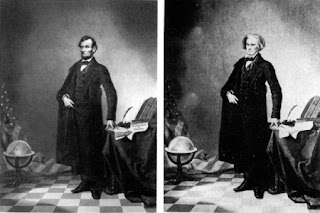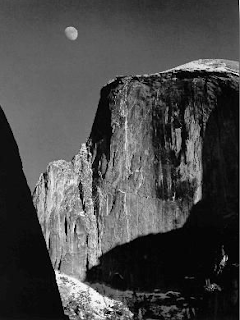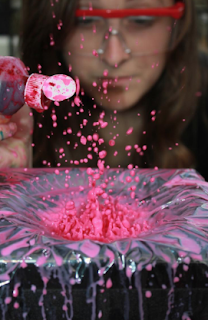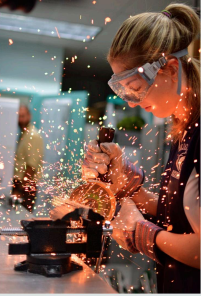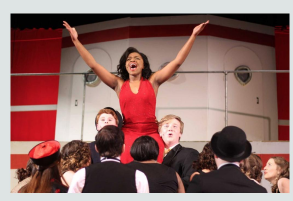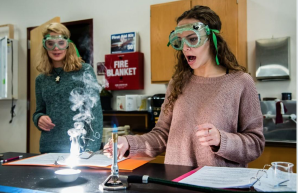Aperture, Shutter Speed, and ISO
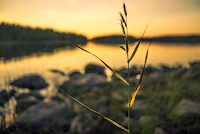
Aperture 1. The aperture is designed like our human eyes. More specifically, the pupil is what we refer to as the aperture of photography. The size of the pupil determines how much light will go in. This resembles turning the aperture to see how much light will be in the photo. 2. The smaller the Aperture, the larger the f-stop is. The higher the Aperture, the lower the f-stop is. 3. The aperture effects the Depth of Field because it makes the photo sharp. Also to create depth, it will separate the foreground from the background by making the foreground objects very sharp and fully in focus, while making the background objects blurry so the attention of the photo is drawn towards the front subject. By just changing the aperture, you can control all these things which are key to taking a great photo. photo taken in F2.8 photo taken in F16 Shutter Speed with the sun still up a) At a booth in the middle of the courtyard near a tree, I would use a slow shutt

